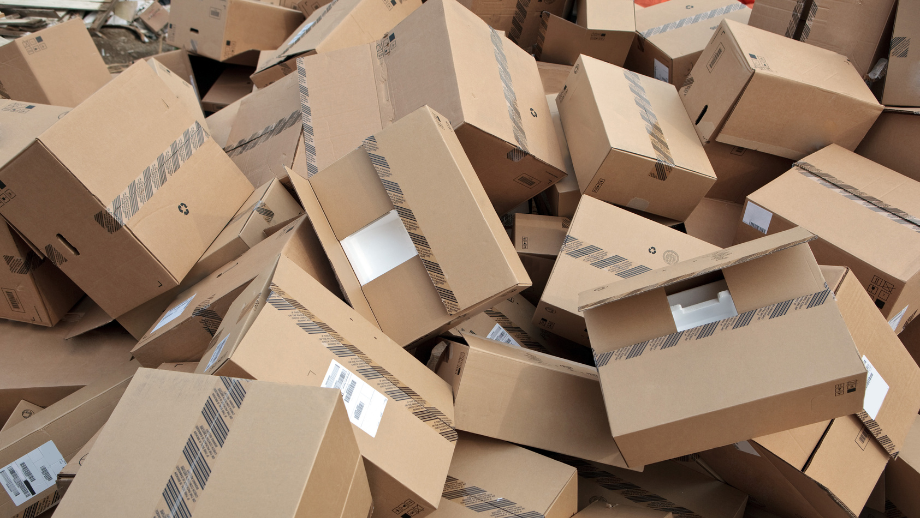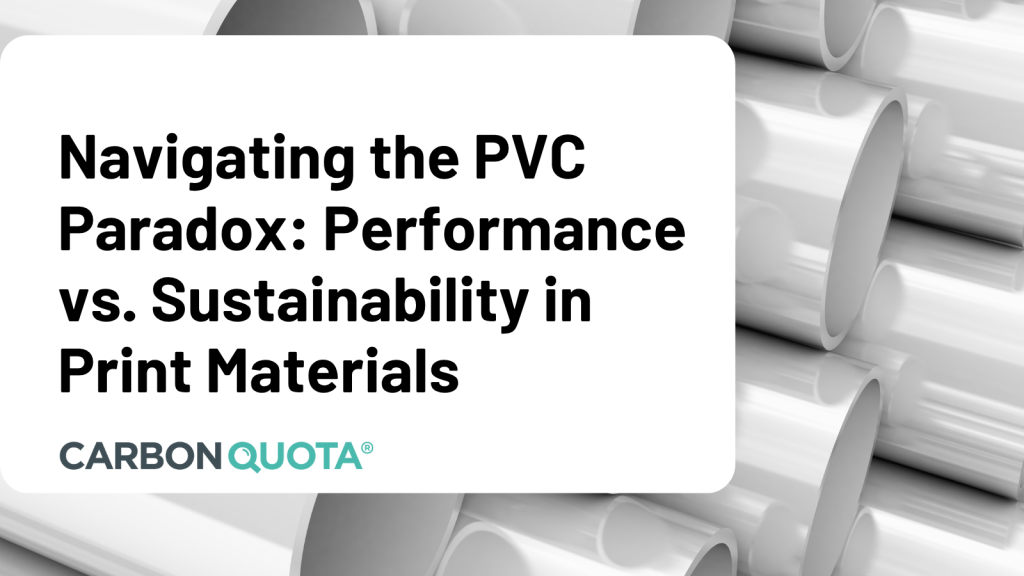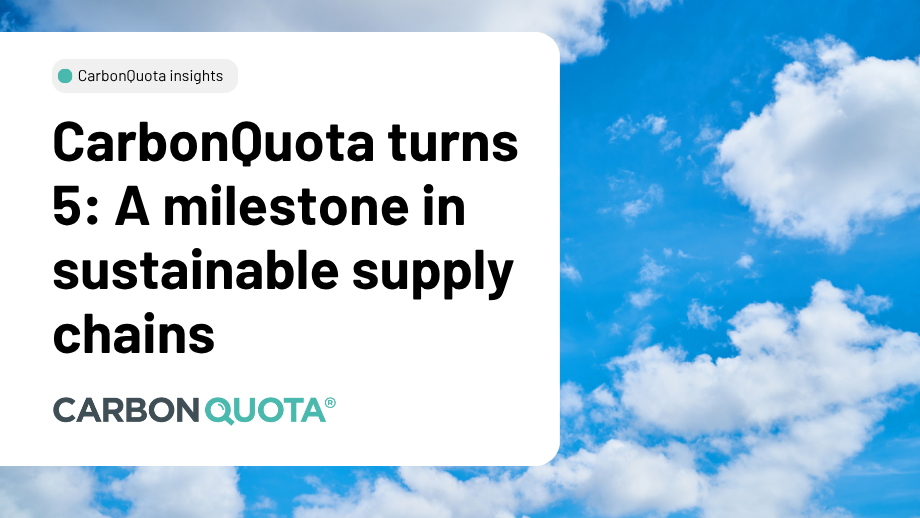The packaging industry continues to evolve at a pace that makes it challenging to keep up. It is against this backdrop that, our valued Partner, Esko, have released their latest packaging trends report, including the results of an industry survey.
The Esko Packaging Trends 2025 report highlights key industry trends that will shape packaging in 2025, emphasising sustainability, cybersecurity, artificial intelligence, automation, and digitalisation.
80% of packaging professional surveyed consider sustainability crucial
Admittedly we have a vested interest but it is extremely encouraging to see that sustainability remains a dominant focus, with 80% of surveyed professionals considering it crucial. Consumer demand, regulatory changes, such as CSRD, PPWR), and cost considerations are driving companies toward more sustainable packaging solutions. Advancements in material science, such as bio-based and recyclable substrates, are set to revolutionize the industry.
Cybersecurity is becoming an executive priority as cloud-based infrastructure expands. The report underscores the importance of data protection, regulatory compliance, and employee training to mitigate cyber risks. Strategies like encryption, risk assessments, and automation are vital to safeguarding sensitive packaging data.
73% of respondents identifying AI, automation, and machine learning as having the biggest industry impact
Artificial intelligence (AI) is rapidly transforming packaging, with 73% of respondents identifying AI, automation, and machine learning as having the biggest industry impact. AI is enhancing packaging design, defect detection, workflow optimization, and remote press approvals, making processes more efficient and cost-effective.
Automation and digitalisation are essential for future-proofing packaging operations. Standardization, workflow automation, and cloud-based tools improve efficiency, reduce costs, and streamline production. While challenges such as high implementation costs exist, gradual adoption and training will drive long-term industry success.
2025 will see a convergence of sustainability, digital transformation, and security, shaping a more efficient, resilient, and innovative packaging industry.
Have questions about sustainability in Packaging – we’d be happy to help – please get in touch.



